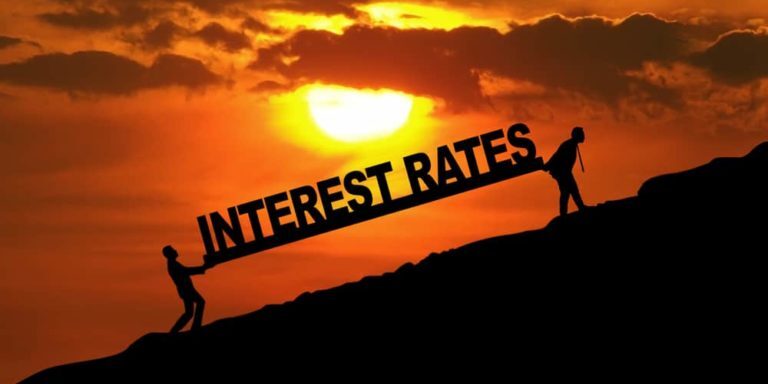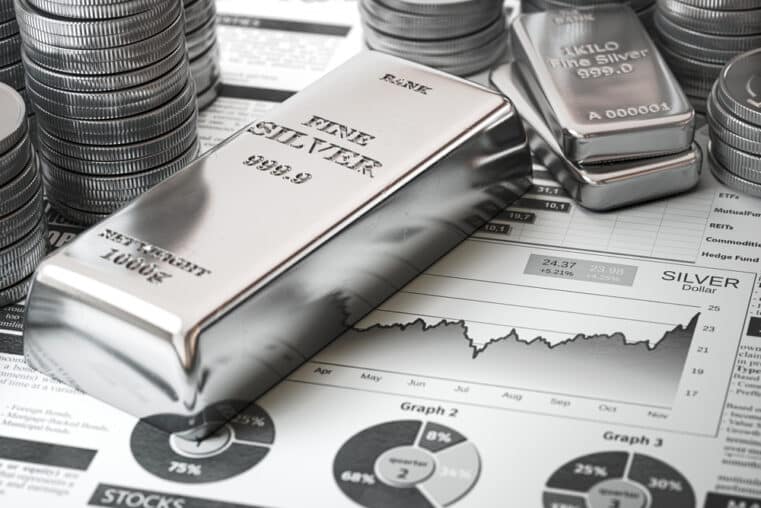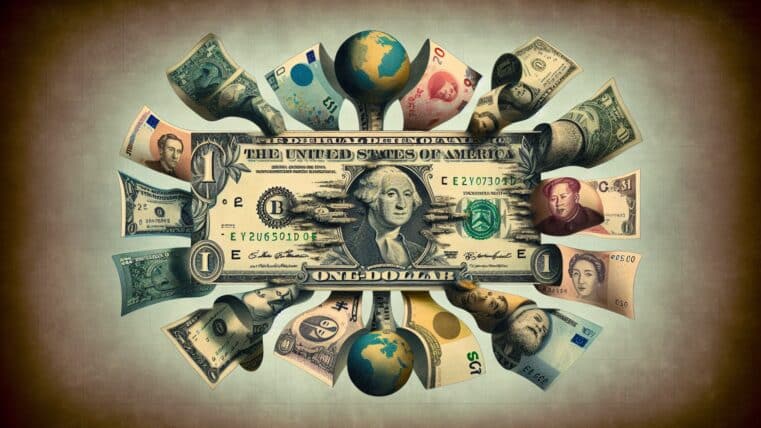
Are Permanently High Interest Rates the New Normal?
We may or may not be entering a new era in which interest rates and inflation are persistently higher than in the recent past. But if we are experiencing such a shift, it would look a lot like what we're seeing right now.
Why it matters: Major shifts in the economic landscape typically don't happen overnight, but rather in fits and starts — as a period of discovery that something important has changed.
- The movement in rates, inflation and the outlook for Fed policy over the last few months — and especially over the last week — fits that pattern.
The big picture: The Fed's plans to pivot toward interest rate cuts in the near future — more or less announced in December — are in disarray after three straight months of elevated inflation to start 2024.
- Chair Jerome Powell confirmed that Tuesday, saying that "given the strength of the labor market and progress on inflation so far, it's appropriate to allow restrictive policy further time to work and let the data and the evolving outlook guide us."
- But apart from tactical considerations the Fed must make in deciding its interest rate policies, action in bond markets is consistent with a bigger rethinking underway as to where rates will settle once the recent bout of inflation is long over.
State of play: The two-year U.S. treasury yield, which is highly sensitive to near-term Fed policy, has soared in the last couple of months, as one might expect. But so too have longer-term yields. The 10-year U.S. treasury is yielding 4.63% this morning, up from 3.87% at the start of February.
- Aside from a few weeks last fall, long-term rates have not been that high since 2007.
Flashback: The recognition that the 2010s would be a period of persistently low growth did not happen overnight. Rather, it was a gradual process of discovery by bond traders and Fed policymakers alike.
- In 2009, for example, when the economy was in tatters, long-term treasuries offered higher yields than they would in 2016 when it was reasonably healthy.
- And in 2015, Fed officials projected rate hikes that were not enacted because growth and inflation didn't arrive as forecast.
What they're saying: "2024 is starting to look like 2015, but in reverse," writes Bank of America Securities economist Michael Gapen in a note.
- "Then the Fed signaled hikes it could not deliver; now the Fed may be signaling cuts that the inflation data do not justify."
The bottom line: The consensus view at the Fed has been that their policy of 5% and higher interest rates is restricting economic activity, putting inflation on a glide path downward.
- Inflation data and bond market moves have undermined that thesis, giving hints that elevated interest rates may not be restricting the economy as much as they thought, but rather reflect a new normal.
This article originally appeared on Axios











